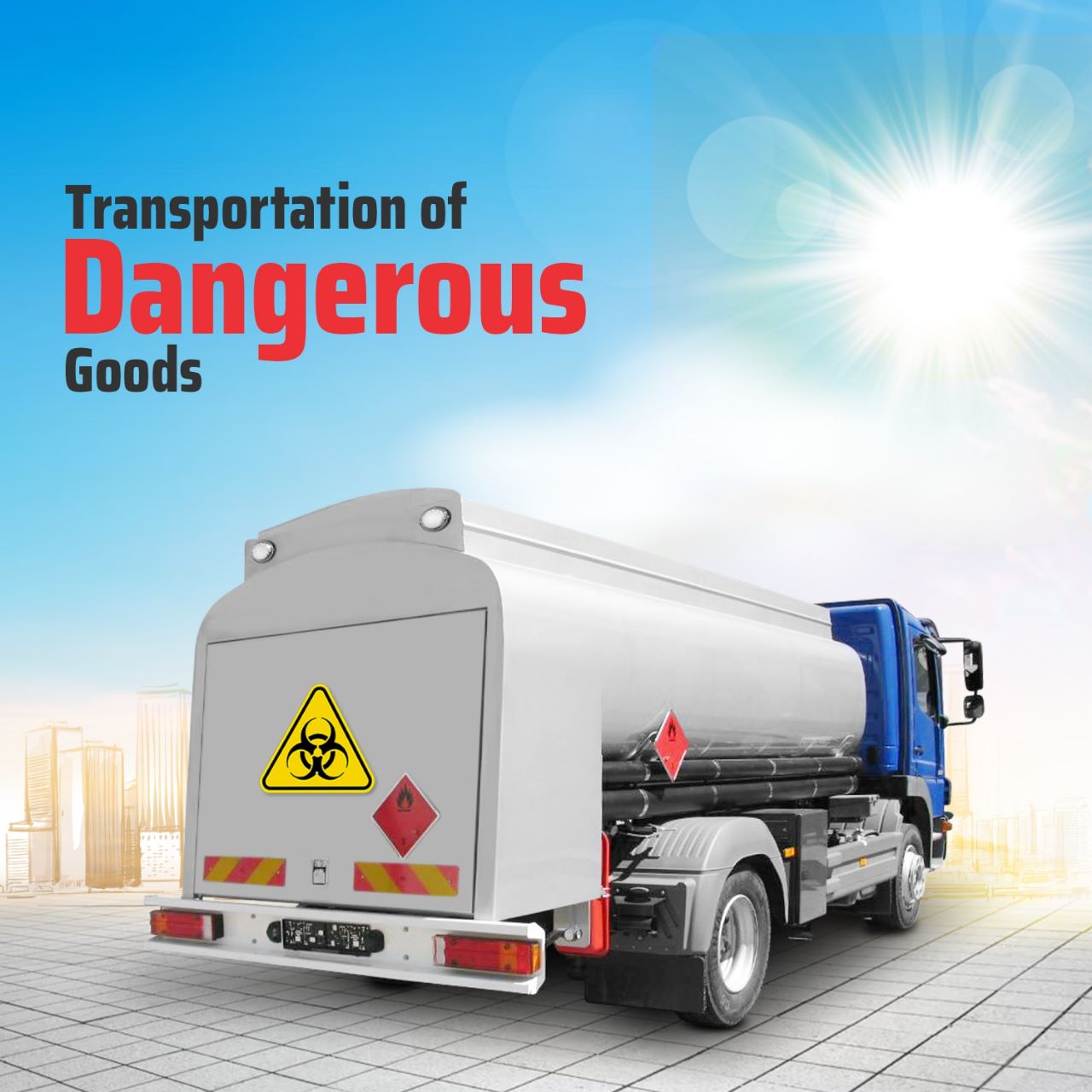

Transportation of dangerous goods is a critical activity that requires strict adherence to safety standards to prevent accidents & protect public health and the environment. It is critical to manage such materials with the utmost care and caution.
1. Dangerous goods are substances and articles that have explosive, flammable, toxic, infectious or corrosive properties and pose a risk to public safety, property and the environment. The transportation of these goods may be by land, sea, waterways, rail or even by air and involves the implementation of adequate measures to ensure their transit in total security and safety.
According to data from the Ministry of Road Transport and Highways, there were over 5,000 accidents involving hazardous materials in 2021 alone, resulting in over 1,000 deaths and thousands of injuries.
2. The sensitivity and risk factors involved in transporting dangerous goods requires specific precautions including meticulous packaging and conditioning, specific handling and training and development for persons engaged in transportation of this category of goods. In order to address these issues and bring uniformity in the services being provided it was felt to formulate an Indian Standard on transportation of dangerous goods.
3. The Bureau of Indian Standards through Transport Services Sectional Committee, SSD 01, has formulated an indigenous Indian Standard, IS 18149:2023 ‘Transportation of Dangerous Goods — Guidelines’. This standard provides guidelines on classification, provisions for segregation, packaging, labelling and marking, handling, documentation, role of stakeholders, training, transportation and emergency action. The standard also includes provisions of classification of dangerous goods, best International practices, major risk involved, emergency plan, understanding of applicable laws/regulations at National and International level etc. The dangerous goods referred in the standard include explosives, gases, flammable liquids, flammable solids, oxidizing substances and organic peroxides, poisonous and infectious substances, radioactive substances, corrosive substances and other miscellaneous dangerous substances.
4. The guidelines provided in the standard, IS 18149:2023, would help all the participants and stakeholders including vehicle owner’s/transport agencies, contractors, consignors, consignees, loaders, unloaders, driver and vehicle crew carrying dangerous goods/substances for the safe transportation of dangerous goods.
5. Following IS 18149:2023 would provide uniformity and improvement in the services offered by the transport agencies and would enable to deliver a higher level of services and satisfaction to consignees and consignors for safe transportation of dangerous goods.
The BIS guidelines play a key role in promoting responsible and sustainable transportation practices, with regard to hazardous goods, which require special attention and care to ensure their safe and secure transportation. Therefore, it is critical that everyone involved in the transportation of dangerous goods adheres to the necessary safety standards and protocols to ensure that these materials are transported safely and securely.
Written by;
Shivam Soni
Scientist-B/Assistant Director
Service Sector Department